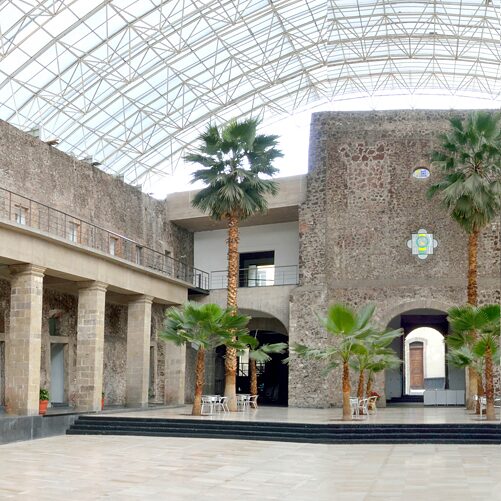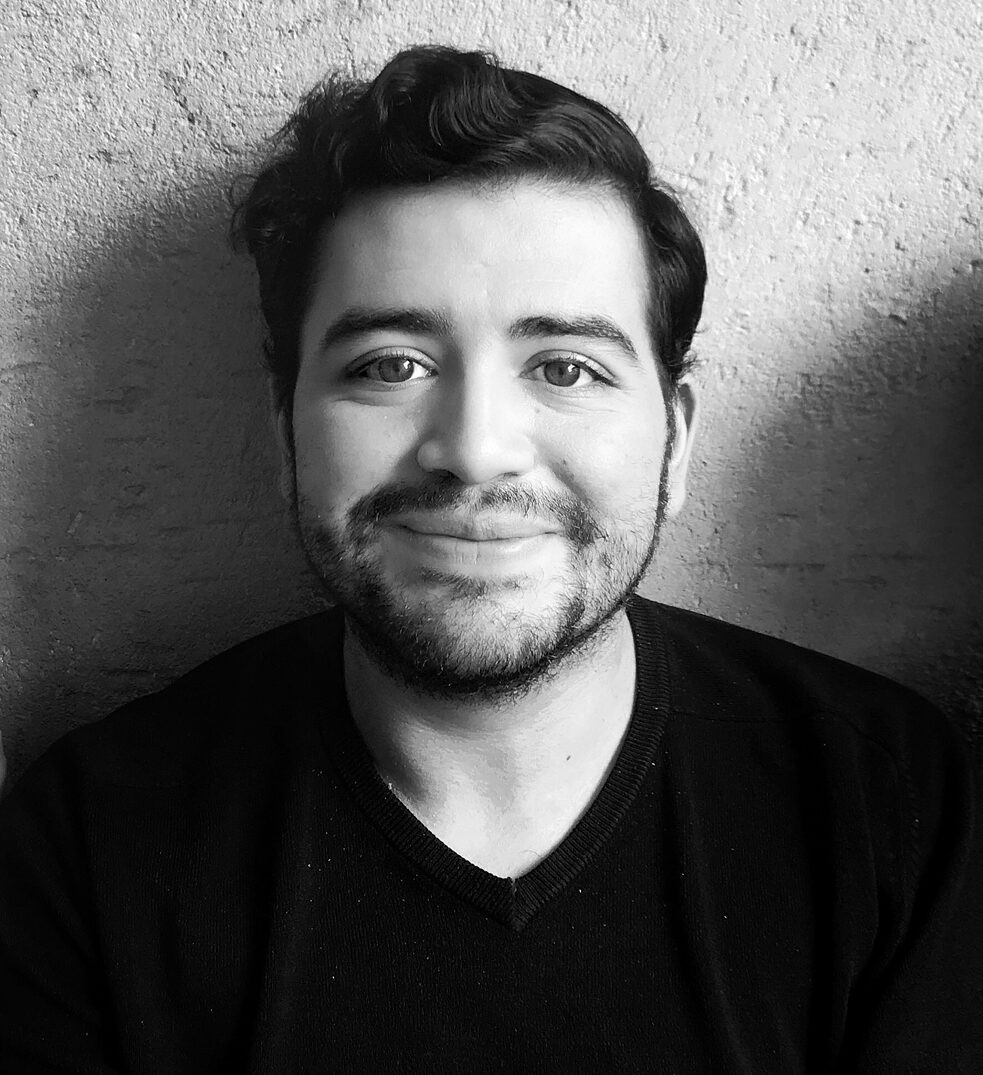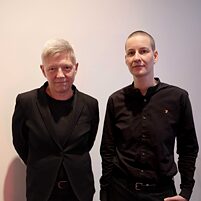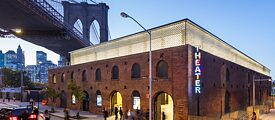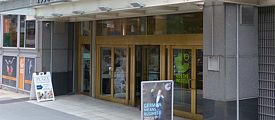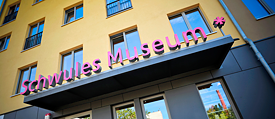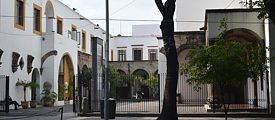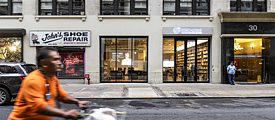-
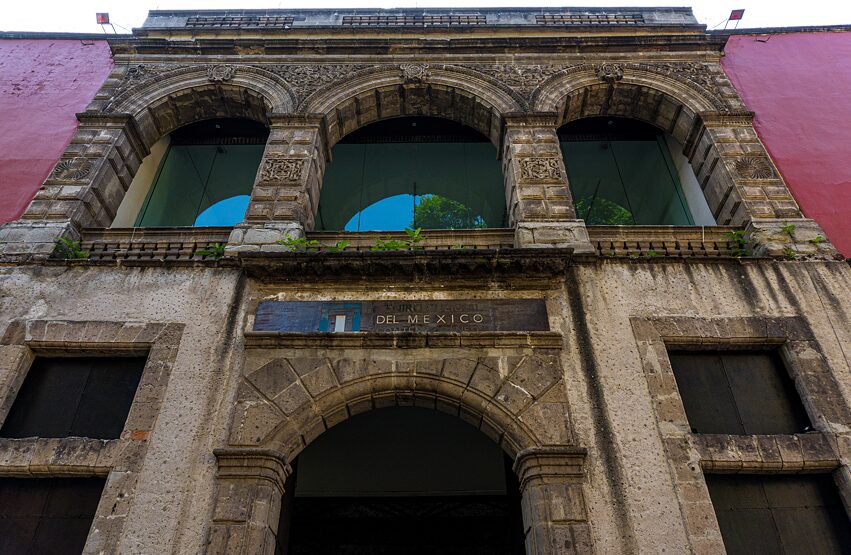 Photo (detail): © Daniel Espinoza
Photo (detail): © Daniel Espinoza
Historic background: The former Dominican monastery Santo Domingo
-
 Photo (detail): © Daniel Espinoza
Photo (detail): © Daniel Espinoza
Contrasts: The fight for sexual diversity in front of the Catholic backdrop
-
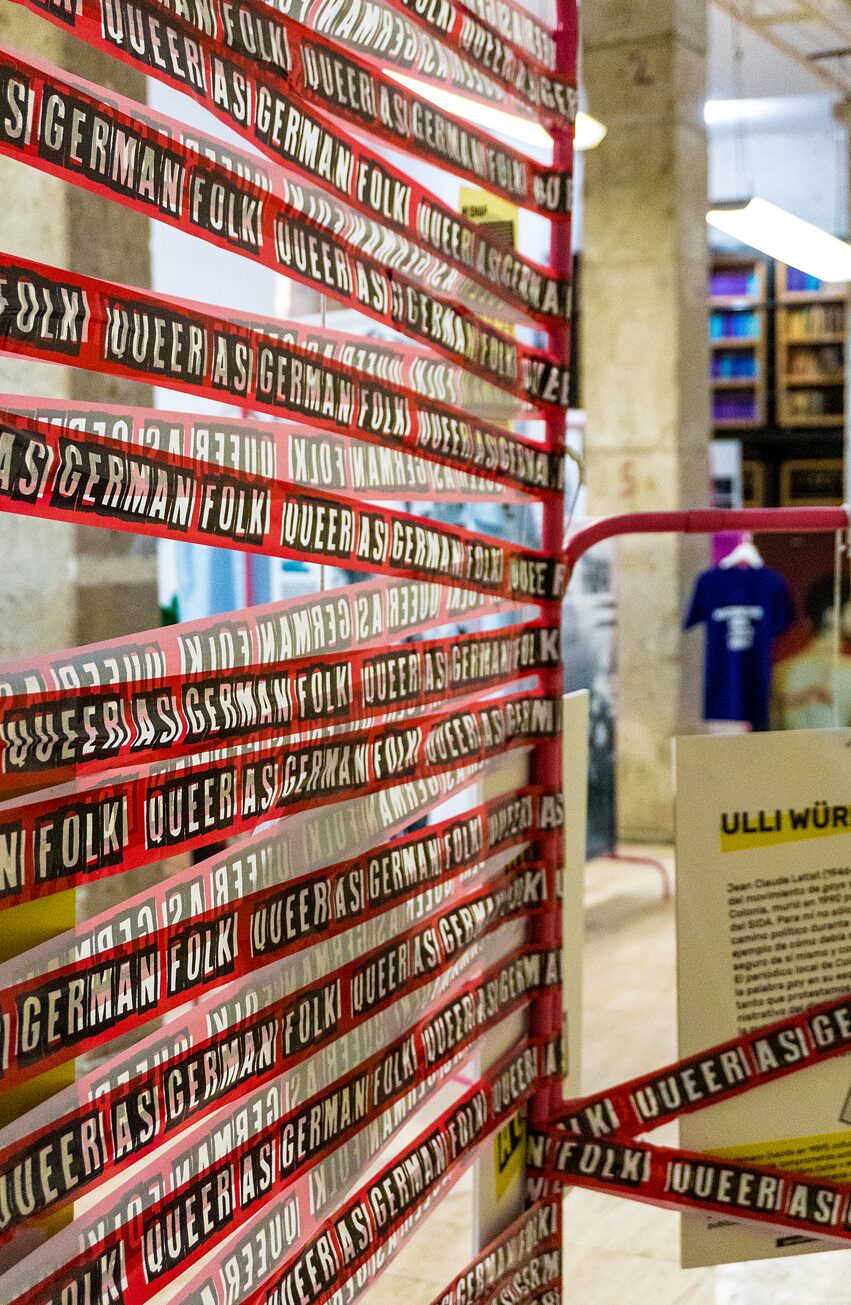 Photo (detail): © Daniel Espinoza
Photo (detail): © Daniel Espinoza
Access prohibited: Queer caution tape
-
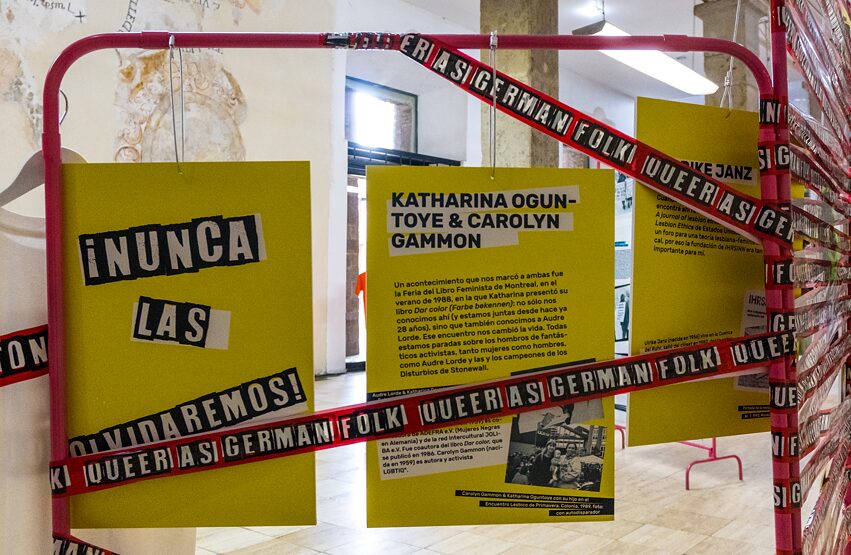 Photo (detail): © Daniel Espinoza
Photo (detail): © Daniel Espinoza
Eyewitness accounts of milestones of the queer movement
-
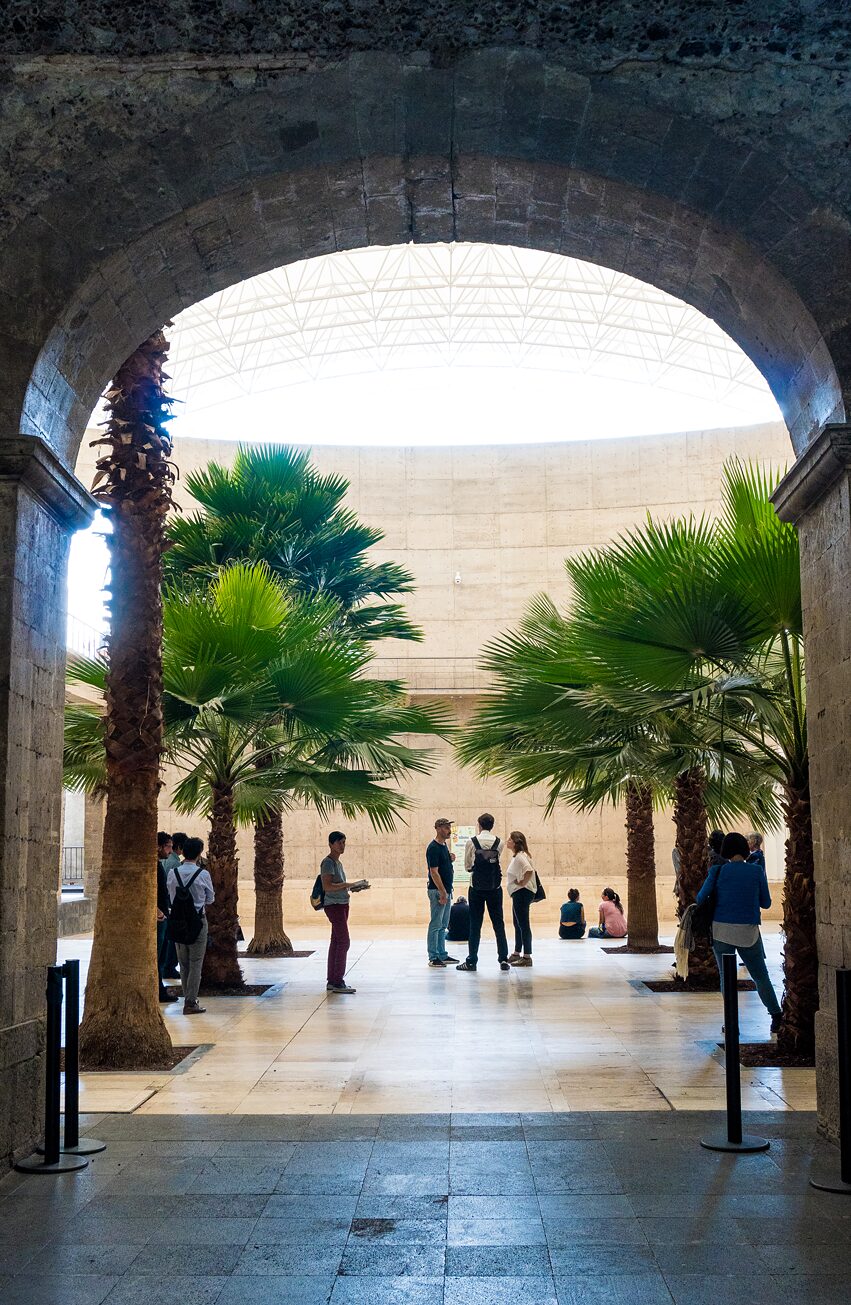 Photo (detail): © Daniel Espinoza
Photo (detail): © Daniel Espinoza
Visitors wait in the courtyard for the exhibition opening
-
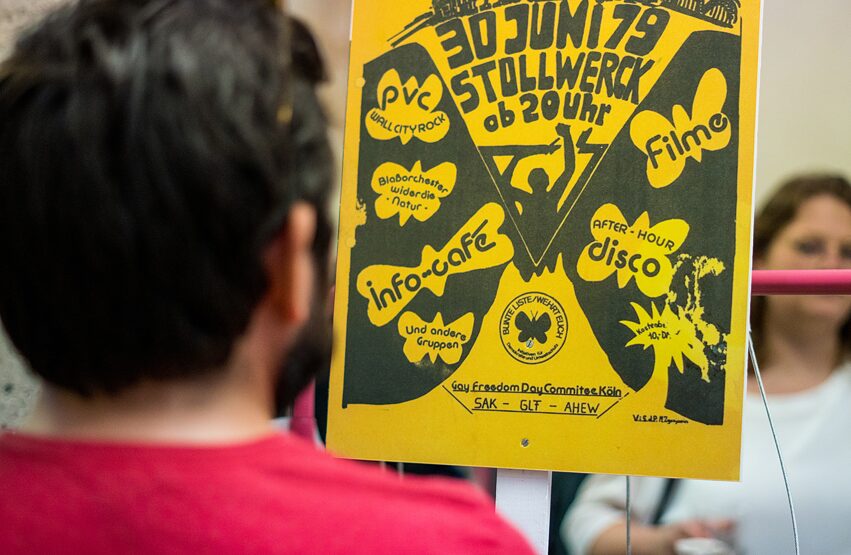 Photo (detail): © Daniel Espinoza
Photo (detail): © Daniel Espinoza
Art in the service of activism
-
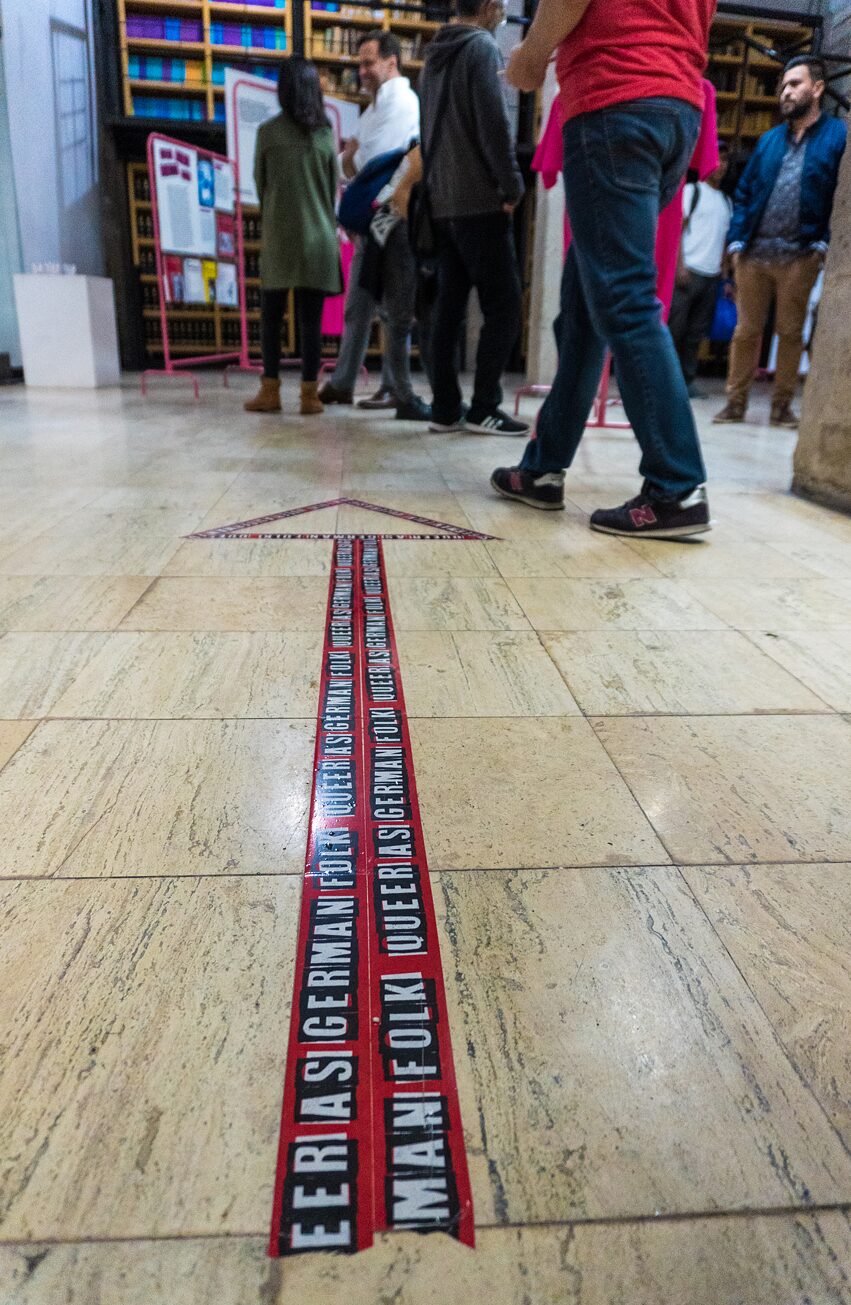 Photo (detail): © Daniel Espinoza
Photo (detail): © Daniel Espinoza
Here's how it works: the exhibition works on all levels
-
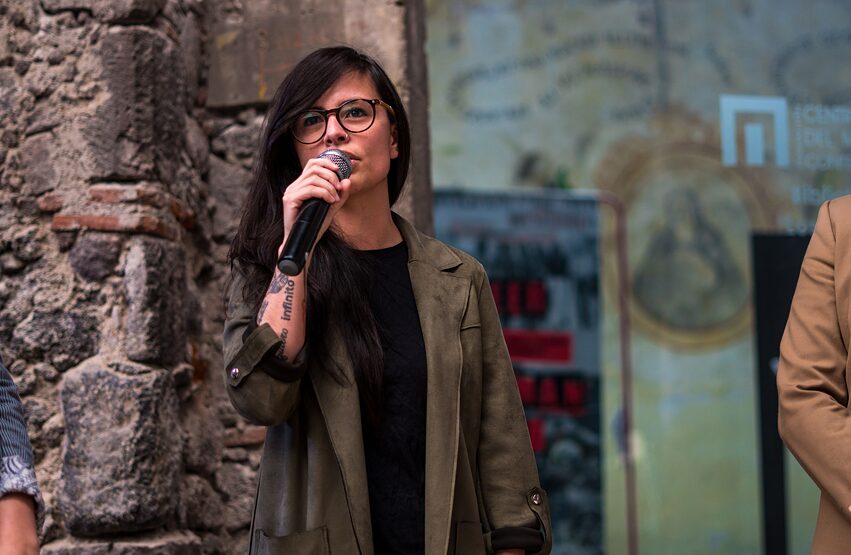 Photo (detail): © Daniel Espinoza
Photo (detail): © Daniel Espinoza
MEP Lucía Riojas Martínez opens the exhibition in Mexico City and represents Mexico at the panel discussion "Queer Establishment" in Berlin on 15 September 2019
In heteronormative societies, conscious decisions are always needed to live non-compliant gender identities: the coming out of the closet. It’s not by chance that the Queer as German Folk exhibition is reminiscent of a colorful walk-in closet. The show is dedicated to queer struggle and traces the relationship between the Stonewall Riots in 1969 and the German queer movement. Nearly 100 exhibits are printed on various materials, such as t-shirts, fabric, protest signs, and flyers, and are mounted on brightly colored clothing racks that visitors can explore through touch. The spacious, light-filled hall of Centro Cultural Mexico Contemporaneo transforms into a political space, in which antagonism can be publicly or privately dissected; just as LGBTQ struggle has always been both private and social, intimate and subjective perspectives are interwoven here with general historical information. Guests can contribute to the exhibition by leaving a testimonial from their own queer history.
The core exhibition is supplemented by the contribution from Alberto Rio de la Rosa. His installation provides the Mexican historical context as well as perspectives on the current Mexican queer movement’s situation. The queer wardrobe is mobile-installed in the space so that the traveling exhibition can be easily adapted for other spaces. The exhibition is currently in Mexico City and will travel soon to Guadalajara, Monterrey, and San Luis Potose.
